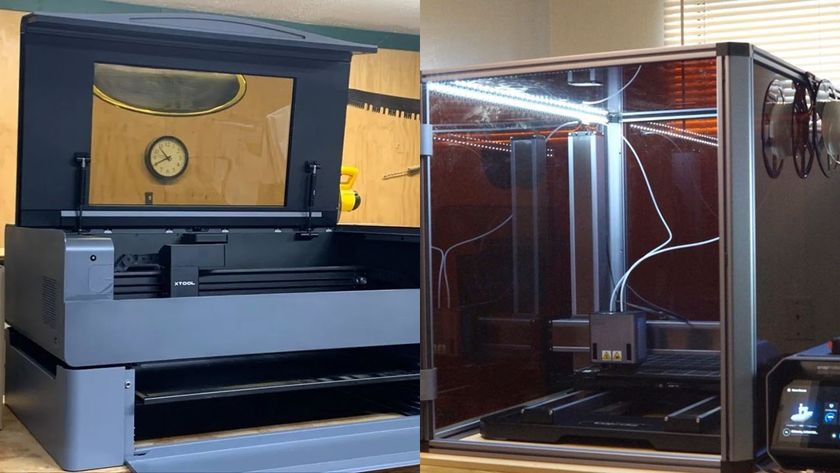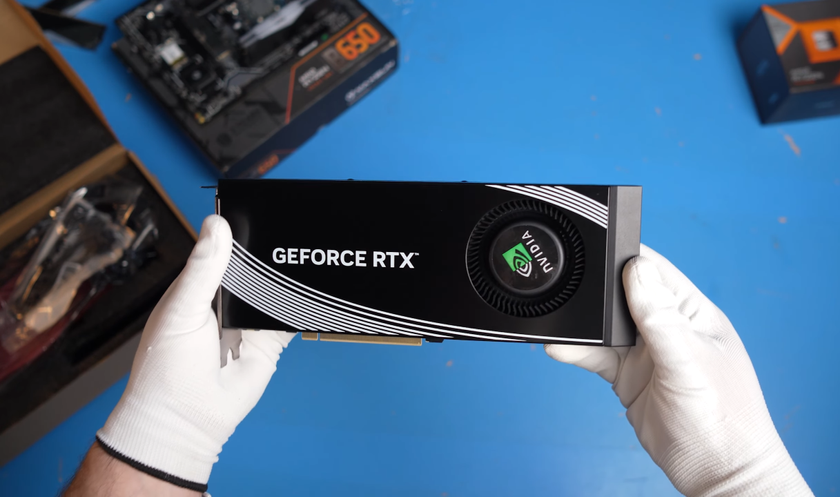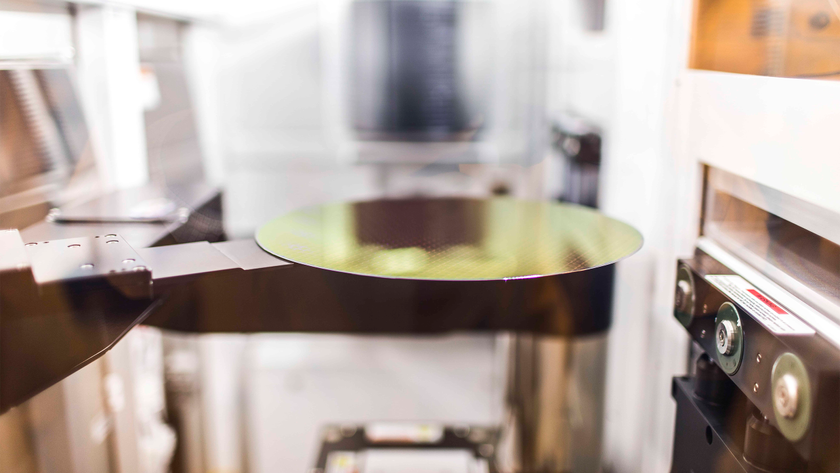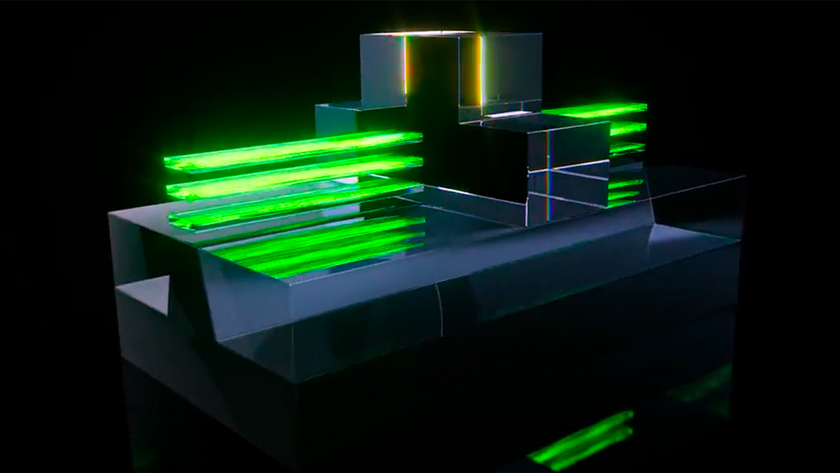Seagate's Osprey STL022 HDD Validated: 22TB For The Masses
Incoming 22TB HDD from Seagate
Seagate has been shipping its 22TB hard drives featuring its hybrid shingled magnetic recording (HSMR) to select customers among operators of hyperscale cloud datacenters for a couple of quarters now. But it looks like the company is prepping 22TB HDDs for a broader market.
Seagate's Osprey (STL022) hard drive is currently on SATA-IO's integrators list, meaning that the HDD has successfully passed SATA interoperability testing. Additionally, the Osprey HDD carries STxxxxxNM0092-3CX103 part number, which confirms that this is a nearline (NM) drive but does not disclose the actual capacity of the unit (which is not particularly surprising as Seagate's HDD platforms offer multiple capacity points). Meanwhile, Seagate's Exos X20 20TB codenamed LongsPeak carried STL020 code (also mentioned in the integrators list), which probably implies capacity.
So far, Seagate has not publicly talked about its Exos X22 platform offering capacities of up to 22TB. However, it has acknowledged the development of CMR HDDs featuring capacities of over 20TB, so it is reasonable to expect the launch of 22TB units this year. Meanwhile, based on Seagate's comments, we do not expect these drives to use heat-assisted magnetic recording (HAMR) technology.
Seagate's 22TB hard drive features conventional magnetic recording technology (CMR. It will compete against Western Digital's Ultrastar DC HC570 22TB HDD, which also uses CMR technology and will be widely available to select customers with software that can perform SMR management and all interested parties.
SATA-IO, which oversees the development and adoption of the Serial ATA technology, regularly conducts interoperability tests for existing and upcoming hardware to ensure that it is compliant with the spec and is compatible with other SATA devices. Unfortunately, many PC and server OEMs require SATA drives and controllers to pass SATA-IO's interoperability tests before using them. As a result, in many cases, new SATA devices end up in SATA-IO's integrators' list months before actual shipments and availability.
Meanwhile, not all hyperscalers need SATA-IO's interoperability tests as they qualify HDDs in their environments and with their software themselves. It is perhaps why Western Digital's Ultrastar DC HC600-series SMR HDDs that are only available to select exascalers are not listed in SATA-IO's integrator's list even though they have been shipping for years.
Stay On the Cutting Edge: Get the Tom's Hardware Newsletter
Get Tom's Hardware's best news and in-depth reviews, straight to your inbox.

Anton Shilov is a contributing writer at Tom’s Hardware. Over the past couple of decades, he has covered everything from CPUs and GPUs to supercomputers and from modern process technologies and latest fab tools to high-tech industry trends.
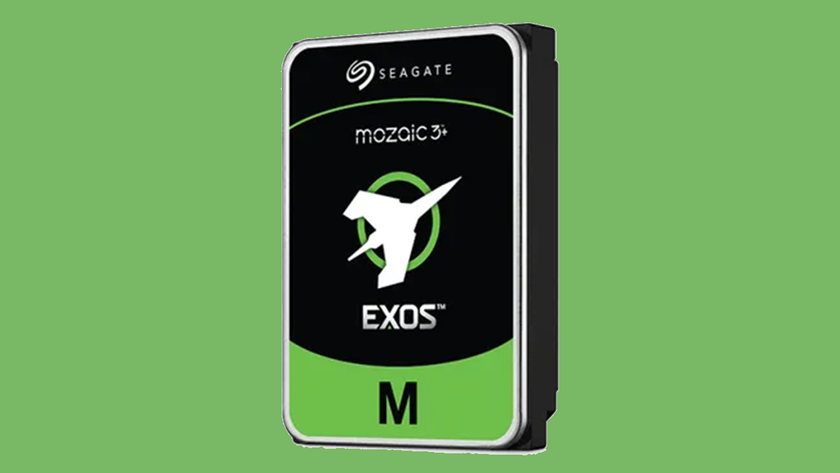
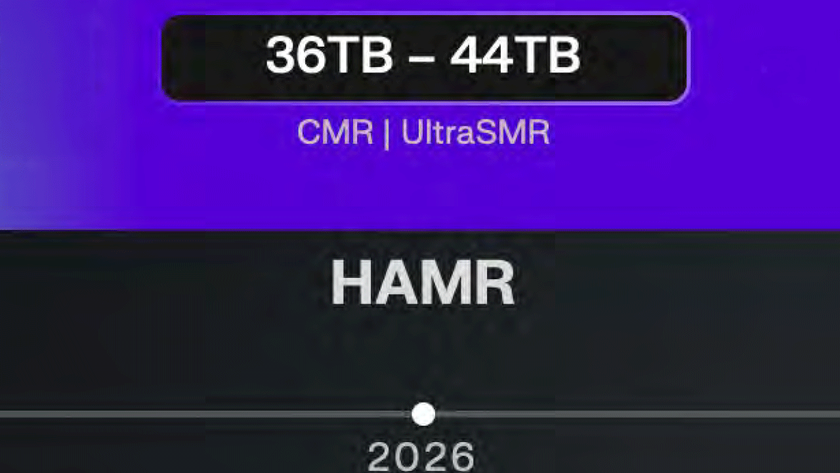
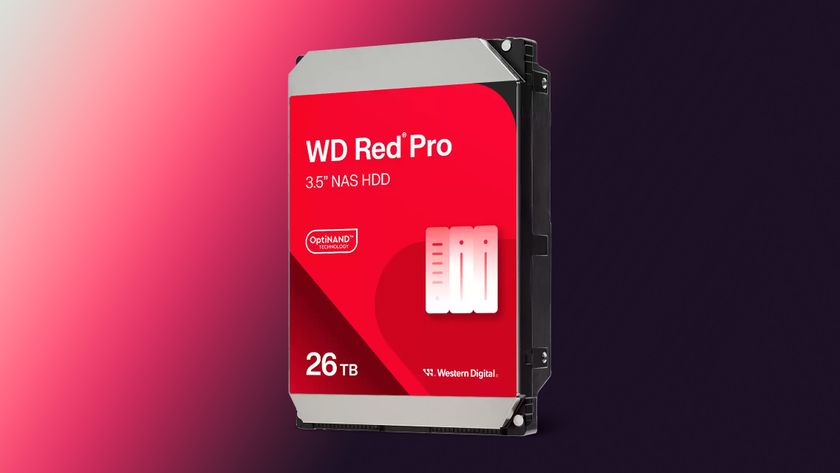
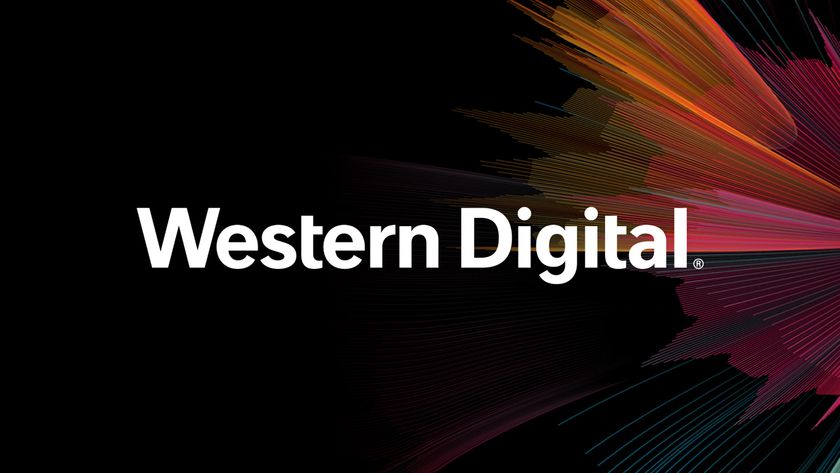
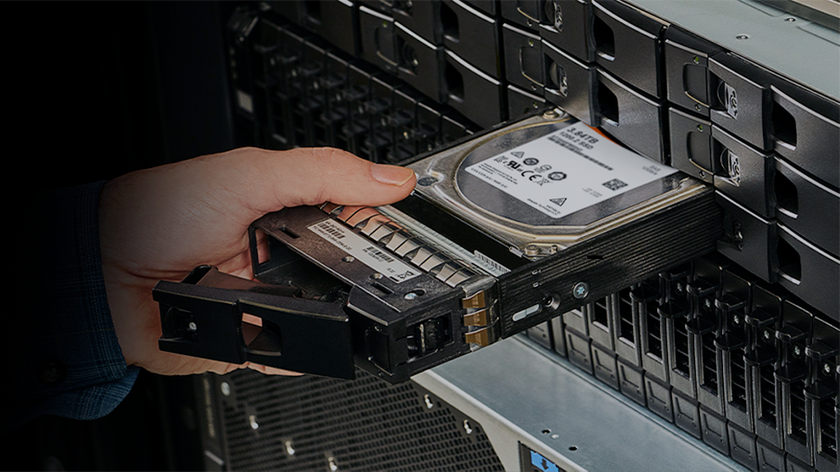
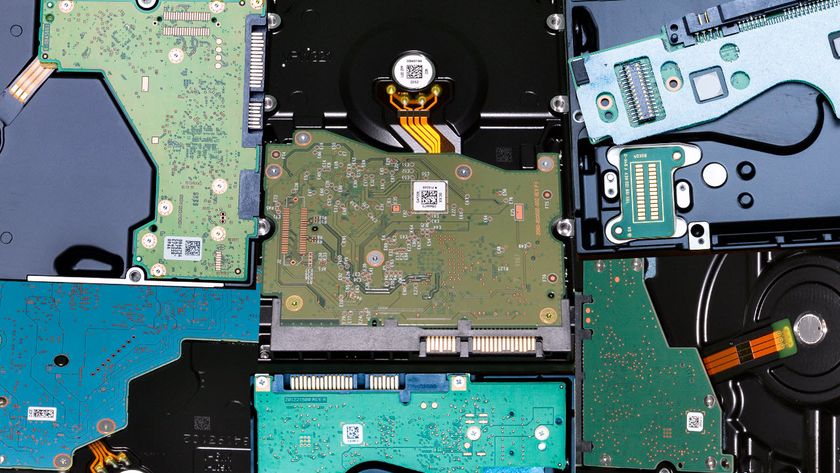
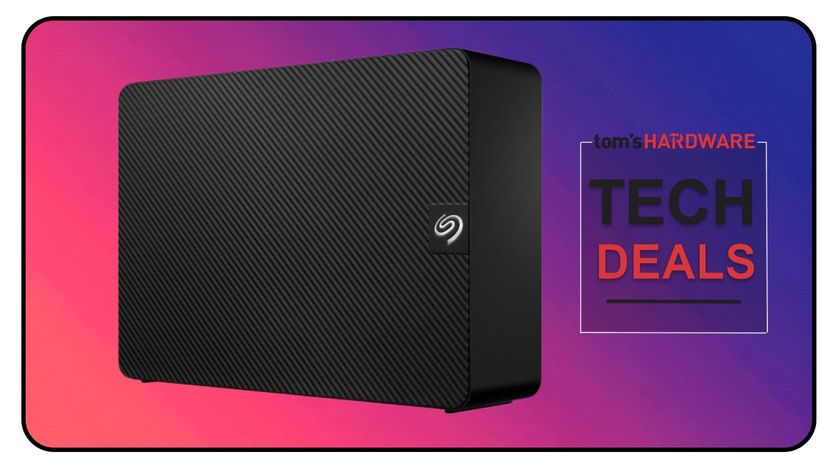


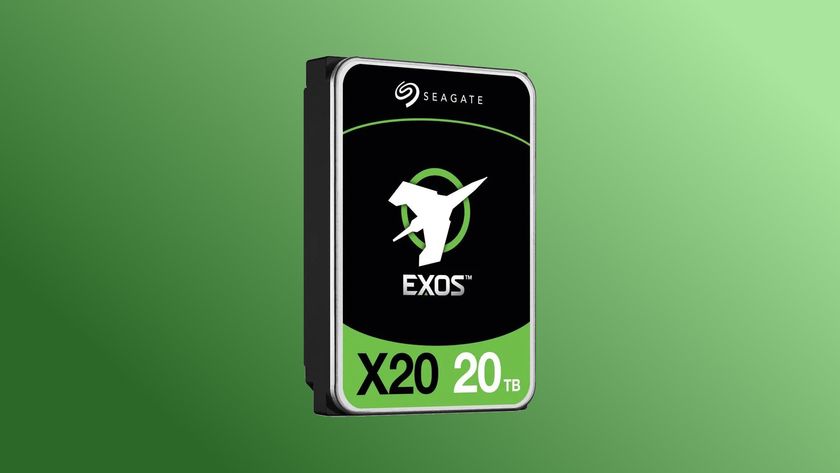
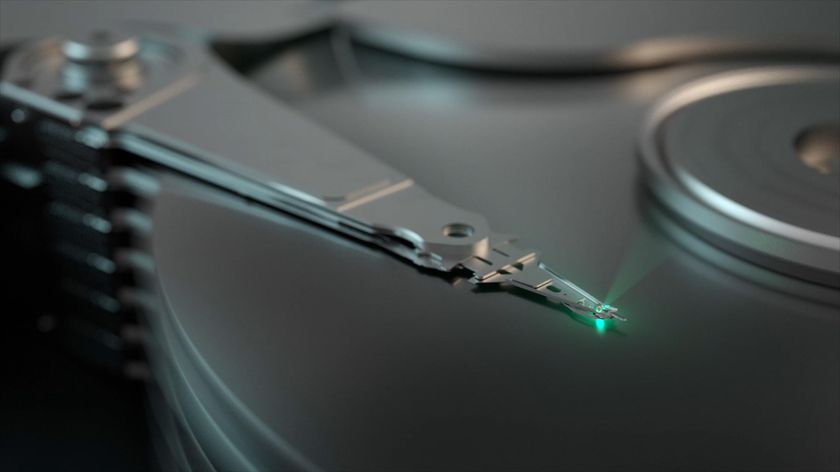
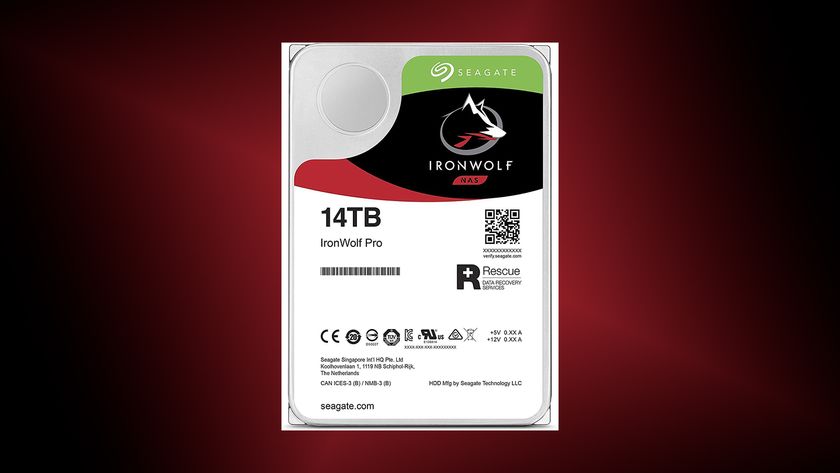
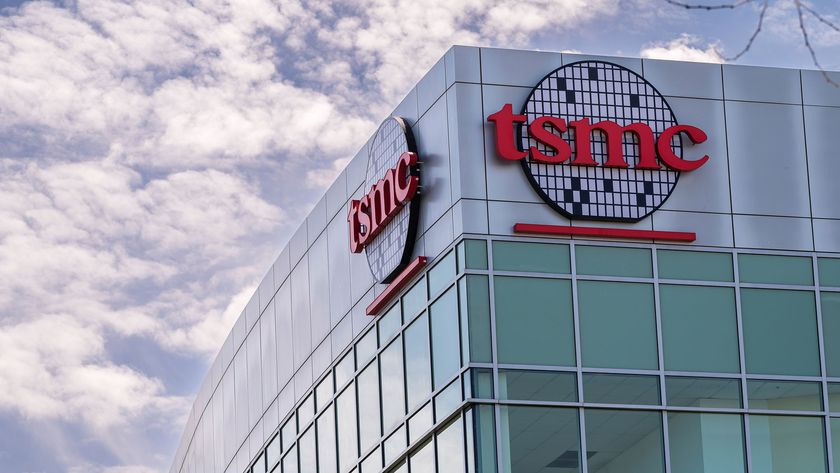
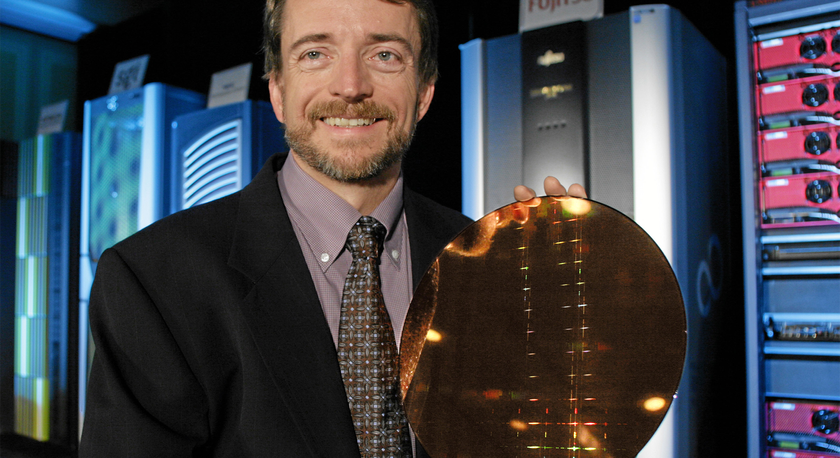
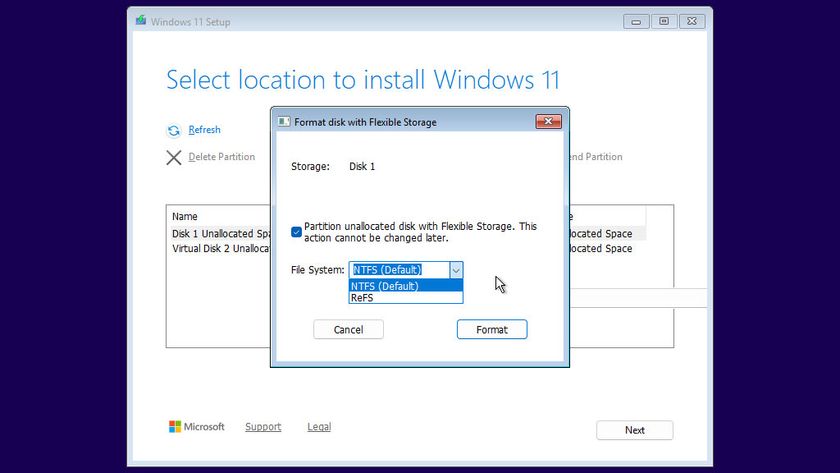
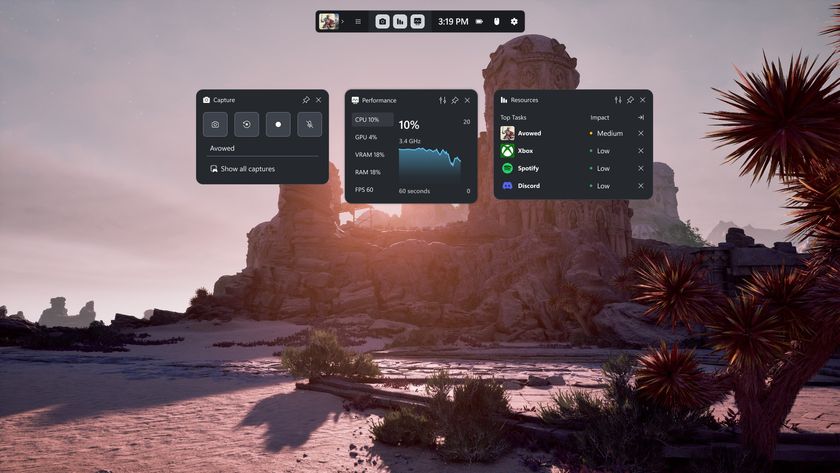


-
Friesiansam In 1999 I bought my first PC, having previously only used work laptops. That PC had a 6.7GB HDD and I wondered how I could ever need more space.Reply
So how long is it going to be, before 22TB seems a bit mean, for a home PC with a few games on it? -
Reply
This is for data archival and for Nas boxes that have many terabytes of movies on them and other media so that you can listen to music and watch movies in your house. Or for backing up many computers on a daily basisFriesiansam said:In 1999 I bought my first PC, having previously only used work laptops. That PC had a 6.7GB HDD and I wondered how I could ever need more space.
So how long is it going to be, before 22TB seems a bit mean, for a home PC with a few games on it? -
Stoshie Reply
I'm ahead of you by a decade and a half (yes, I'm old!) I bought my first PC sometime in the early 1980s, for a price that would get you a top of the line gaming machine today. It was a hot machine, in that it had dual 5 1/4" floppy drives! Even then I like to tinker inside these machines, so I went out and bought a 20MB (yes, megabyte) hard drive to add to it. PC hard drives were relatively new at the time, so I was an "early adopter" in that sense. I never came close to using all that disk space. Now, of course, I have video files much, much larger than that.Friesiansam said:In 1999 I bought my first PC, having previously only used work laptops. That PC had a 6.7GB HDD and I wondered how I could ever need more space.
So how long is it going to be, before 22TB seems a bit mean, for a home PC with a few games on it?
PCs have gotten exponentially faster, with more and better memory, and more and better storage space and options over the years, while still staying more or less at the same price points. Amazing.
